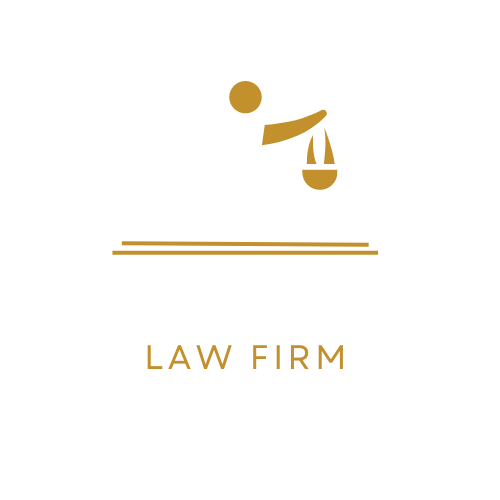Many people become lawyers to assist others and it can be extremely satisfying when your client experiences something difficult in life that you can help them through with positive outcomes for their situation.
Work as a lawyer often comes with high pressure and long hours, so how is this profession compensating its employees?
Practice Area
Law is an expansive field with several practice areas. A lawyer’s specialization determines her type of legal work, which in turn influences salary and career options; those with more specialized abilities and expertise often earn higher payoffs.
Selecting an area of legal study early can help to streamline job search efforts, courses in law school, networking opportunities and career planning. Campbell Law’s curriculum allows students to select Practice Areas so that they may build a concentration and acquire knowledge useful in the workplace.
Visit our resources about law practice areas, their responsibilities and challenges, who they serve and where. These general resources also serve as an introduction to more specialized resources that may become useful later during your career exploration process, such as Chambers guides. Chambers and Partners offers access to directories covering North America, Europe Latin America as well as other regions.
Hourly Rate
Lawyers typically receive an hourly rate for time spent representing client cases. Rates depend on factors like geographic region, law firm size and practice area – plus some may charge different rates for case preparation, research and trial work.
Attorneys practicing in high-demand legal markets such as New York and San Francisco typically command higher hourly rates. Many attorneys bill in six-minute increments to simplify billing and avoid overcharging clients; legal billing software automates these calculations to save time while decreasing human error risk.
Some law firms provide additional compensation perks like wellness stipends and tuition reimbursement to help attract and retain top talent. Furthermore, law firms may offer fixed fee pricing for routine legal work; this approach gives clients a clear understanding of costs associated with having someone represent them in court case while eliminating surprises and risk. Furthermore, this also enables lawyers to focus on what they do best while offering better experiences to their clients.
Contingency Fee
Contingent fees offer clients, like accident victims, the ability to retain top attorneys without incurring upfront legal costs. Attorneys usually agree to accept a percentage of any award won through settlement or jury verdict, from which expenses will be deducted and no charge made against this award should their client lose.
Contingency fee arrangements provide access to experienced lawyers without having to pay their full hourly rates, while giving attorneys incentive to secure as much compensation for their clients as possible. Contingency fees arrangements are increasingly used in personal injury claims and have become an accepted way of paying for legal services.
Attorney and client frequently negotiate contingent fees, although legal restrictions may exist depending on their jurisdiction. A written agreement provides transparency between both parties while reputation and experience will also influence what percentage will be accepted as fees.
Lockstep Compensation
Nothing brings down a law firm more quickly or completely than disputes over attorney compensation, yet new compensation models for law firms are helping avoid those disputes.
Cravath scale is an efficient model that links associate compensation to firm performance, offering clear, predictable progression from entry-level salary to senior associate status without individual negotiation and favoring teamwork over competition between associates.
Although this model offers several advantages, it also presents challenges. For instance, it may award senior lawyers more often than other associates; furthermore, it doesn’t account for non-attorney staff whose contribution is essential for the success of any law firm. As a result, many firms are now employing modified lockstep systems designed to reward merit and retain employees at once while rewarding loyalty; these may include formula-based metrics; client origination fees; qualitative assessments or subjective assessments as well as time limited credit systems with incentives for firm building activities like diversity equity and inclusion efforts, mentoring efforts or pro bono service activities among others.

